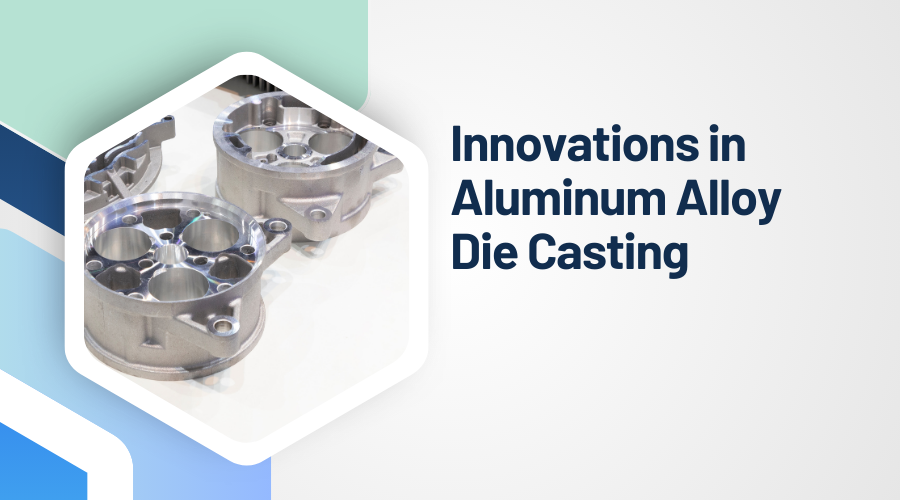Innovations in Aluminum Alloy Die Casting: What's New in the Industry
- jjunchangtech
- Jun 27, 2024
- 3 min read

Aluminum alloy die casting is a critical manufacturing process for various automotive and aerospace industries. As technology advances, so does the die-casting industry, with innovations to improve efficiency, quality, and sustainability. Here are some of the latest developments in aluminum alloy die casting that are shaping the industry in 2024.
1. Advanced Alloys for Enhanced Performance
One of the most significant innovations in aluminum alloy die casting is the development of advanced alloys. These new alloys are designed to offer superior mechanical properties, such as increased strength, better corrosion resistance, and improved thermal conductivity. Manufacturers can use these advanced materials to produce more durable parts better suited to demanding applications.
2. High-Pressure Die Casting (HPDC) Enhancements
High-pressure die casting (HPDC) remains a cornerstone of the aluminum die-casting industry. Recent enhancements in HPDC technology include more precise control over the casting process, leading to higher quality and more consistent parts. Innovations such as advanced monitoring systems and improved mold materials are helping to reduce defects and increase the lifespan of die-casting molds.
3. Additive Manufacturing Integration
Additive manufacturing, or 3D printing, makes inroads into the die-casting industry. By integrating 3D printing with traditional die-casting processes, manufacturers can create complex geometries and intricate designs that were previously impossible or too costly to produce. This hybrid approach allows for greater design flexibility and faster prototyping, accelerating the development of new products.
4. Automation and Smart Factories
The rise of Industry 4.0 is transforming the aluminum alloy die-casting industry through automation and innovative factory technologies. Automated systems and robotics handle repetitive tasks, improve precision, and reduce labor costs. Smart factories equipped with IoT devices and advanced data analytics optimize production processes, minimize downtime, and enhance overall efficiency.
5. Sustainability Initiatives
Sustainability is a growing priority in manufacturing, and aluminum alloy die casting is no exception. Innovations in this area include using recycled aluminum, energy-efficient melting and casting processes, and developing environmentally friendly coatings and treatments. These initiatives are helping to reduce die-casting operations' carbon footprint and promote more sustainable manufacturing practices.
6. Improved Cooling Techniques
Efficient cooling is crucial in die casting to ensure the quality and dimensional accuracy of the final product. Recent innovations in cooling techniques, such as conformal cooling channels and advanced thermal management systems, enhance die-casting molds' cooling efficiency. These improvements result in faster cycle times, reduced thermal stress on molds, and higher-quality cast parts.
7. Enhanced Simulation and Modeling
Simulation and modeling tools are becoming increasingly sophisticated, allowing manufacturers to predict and optimize the die-casting process accurately. Advanced software can simulate the flow of molten aluminum, the cooling process, and the solidification of the cast part. Using these tools, manufacturers can identify potential issues before production begins, reducing the need for costly trial-and-error approaches.
8. Surface Treatment and Finishing Innovations
Surface treatment and finishing are critical steps in the die-casting process, affecting the final product's appearance and performance. Recent innovations include advanced coating technologies, such as plasma electrolytic oxidation (PEO) and physical vapor deposition (PVD), which provide superior wear resistance and corrosion protection. These treatments enhance the durability and lifespan of aluminum die-cast parts.
Conclusion
The aluminum alloy die-casting products industry is experiencing a wave of innovation driven by materials, automation, sustainability, and technology advancements. These developments improve the quality and efficiency of die-casting processes and open up new possibilities for product design and application. By staying abreast of these innovations, manufacturers can remain competitive and continue to meet their customers' evolving demands.




Comments